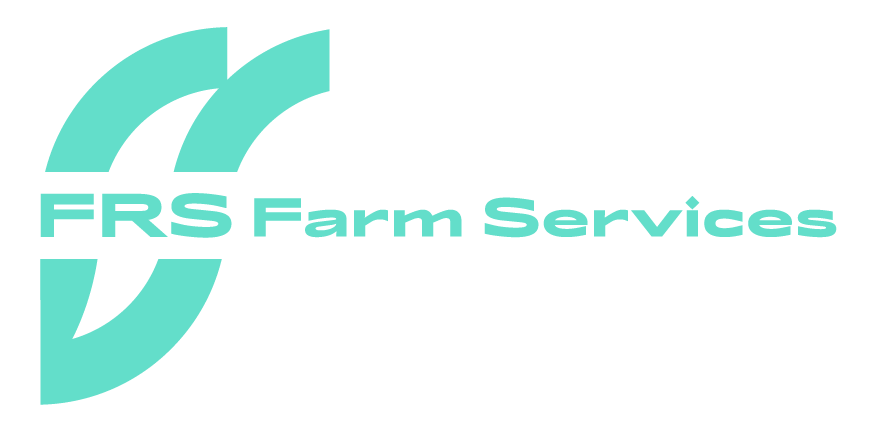Hoof care and lameness continue to be a challenge on dairy farms across Ireland. Ongoing prevention and treatments are needed to ensure that infection and disease are kept at bay. There are a number of different causes for infection and disease in the foot including, injury, digital dermatitis, laminitis, or in some cases, it may be congenital. However, the most common reasons are from pathogenic bacteria on the farm or inadequate hoof care practice.
At this time of year, there is a lot of movement on farms with cows being brought out for grazing and perhaps needing to be rehoused at night or due to unexpected severe weather. Farmers need to be aware of weather conditions and how the Irish climate can negatively affect the health of their animal’s hooves.
Conditions for cows
Cows exposed to soft ground and muddy pastures for an extended period may develop foot conditions as a result. It is here where pathogenic bacteria can be found. The hoof can become soft and easily bruised, at this point infection can occur.
If left in prolonged dirty conditions, foot rot can become an issue. To reduce this risk farmyards should be scrapped down regularly and made free of puddles and small stones that could get stuck in the hoof. Be conscious of the path that cows have to travel and try to keep navigating over small steps or curbs to a minimum. Trips or stumbles can result in extra pressure and trauma to the hoof. This can lead to breaking blood vessels, bruises, or injury. If not treated correctly abscesses and ulcers may form.
Hoof Trimming
Hoof trimming is a complex process that needs to be completed by trained professionals. It is important to pay close attention to the outside claw on the back feet and the inside claw on the front feet as this is where a cow shifts their weight when they walk. If farmers do not hoof trim, hooves can become misshapen and the cow will need to walk differently to avoid discomfort. In bad cases, the cow may never be able to walk correctly again.
At a minimum, cows should have their feet trimmed once a year, but more regularly is recommended. This practice may vary on each farm due to the conditions of hoof growth. For cows who stand on concrete for longer periods of time, hooves grow quicker. Also, if the surface is rough, growth is also faster. Farmers need to take the conditions of their farm into consideration when planning for hoof care.
Hoof Care
FRS provides an expert Hoof Care service to farmers. FRS technicians recommend lame cows should be seen to as soon as a foot condition is detected. Each FRS Hoof Care Specialist will be able to advise the farmer on the best possible care for their animals.
To find out more about FRS Hoof Care Service, contact your local FRS office or visit www.frsfarmrelief.ie/hoofcare.
